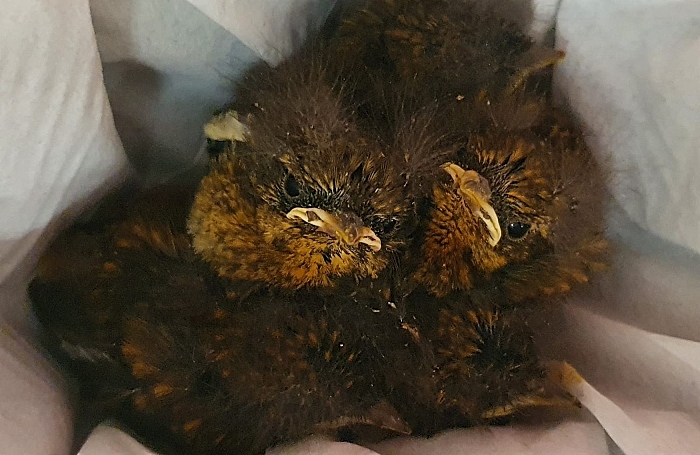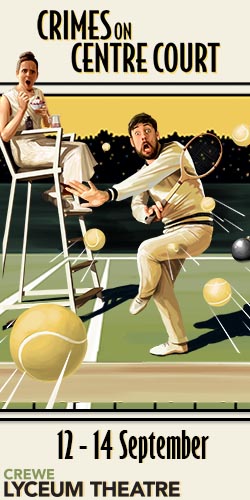
Five baby robins are now in the care of RSPCA Stapeley staff after being found in a nest in the chassis of a car – at the end of a 200 mile journey!
The driver had travelled from Scotland to Cheshire before they discovered the nest when they heard a purring noise in his engine.
He heard some chirping when he parked up so went to investigate – and was shocked to find five baby robins sitting in a nest!
He alerted the RSPCA and took the baby birds to the animal welfare charity’s Stapeley Grange Wildlife Centre in Nantwich.
Lee Stewart, centre manager, said: “It seems the motorist had set off from Scotland unaware of the stowaways hidden under the car.
“It was only when he pulled over in Warrington that he heard some noise and went to investigate.
“As he looked around the car he found the baby birds in a nest.
“They had endured a 200 mile journey but seemed quite happy albeit hungry and slightly dehydrated from their travels. Sadly mum had been left behind.”
The babies were given hydration fluids on arrival at the centre and are now being fed by dedicated staff on
a special formula.
Once they are old enough they will be released back into the wild.
Lee added: “We have had birds found in nests in some very unusual places and it is not the first time they have been found in a car.
“Recently a nest of wood mice was also discovered in a car during a service as a mechanic went to change the pollen filters at a garage in Derbyshire.
“The mice were brought to be rehabilitated here at Stapeley Grange and have since been released back into the wild.”
For more information about what to do if you find a baby bird struggling visit the RSPCA website here.
Find out more about the work of Stapeley Grange Wildlife Centre and donate to the centre online.





















Recent Comments